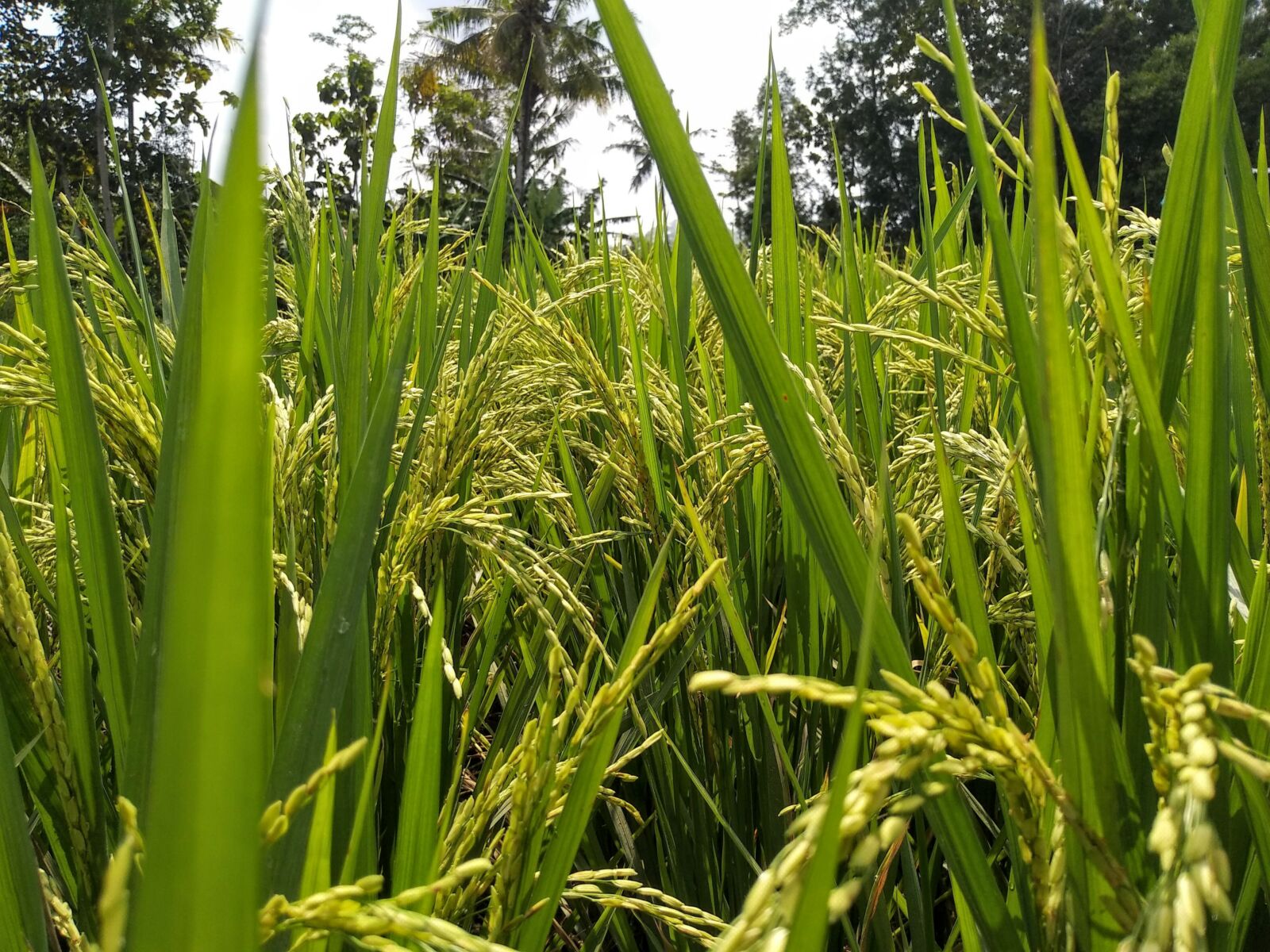El Nino-induced drought disrupts Indonesia’s rice production, hikes prices

Indonesia, Southeast Asia’s largest economy, is grappling with a severe disruption to its rice production due to the extreme El Nino phenomenon. This drought-induced shortage has led to a surge in rice prices, impacting small businesses and consumers.
Yanto, an East Jakarta food stall owner who caters to the lower-income bracket, has seen a significant profit decline since August, unable to raise prices due to his customer base. Instead, he has opted to serve smaller portions of rice.
The El Nino phenomenon typically equates to less rainfall, which is problematic for this thirsty crop. This is particularly significant in Asia, where rice constitutes a staple food for the majority. Sutarto Alimoeso, Chairman of the Indonesian Rice Millers and Traders Association, acknowledged on Wednesday that this year’s grain supply is insufficient for national milling needs. Some mills have halted production, awaiting the return of normal supply levels.
This scarcity period is predicted to last longer than usual, meaning the public will feel the pinch of high rice prices for an extended period. Acting Agriculture Minister and head of the National Food Agency, Arief Prasetyo Adi, confirmed in mid-October that the El Nino impact had reduced Indonesia’s rice production by 1.2 million tons, deviating from this year’s 30 million ton target.
This disruption has also contributed to inflation. In October, Statistics Indonesia recorded the consumer price index at 2.56% year-on-year, a slight increase from the previous month’s 2.28 percent, attributed to the increased price of necessities such as rice, reported Bangkok Post.
“Rice was the biggest contributor to inflation from August to October,” stated Pudji Ismartini, deputy for distribution and services statistics of BPS. Experts project that the impact of El Nino, and subsequently rice prices, will continue to influence overall inflation in 2023.
Rice assistance
The Indonesian government is set to distribute rice assistance and Direct Cash Assistance to sustain purchasing power, price stability, and the inflation rate. This aid is expected to reach 21.3 million beneficiary families in December, providing 10 kilograms of rice to each family with a total budget allocation of 2.67 trillion rupiahs (about US$171 million). The Direct Cash Assistance will be distributed to 18.8 million families, amounting to 200,000 rupiahs (US$13) per family per month, from November to December, with a total budget of 7.52 trillion rupiahs (about US$482 million).
President Joko Widodo stated in early October that Indonesia needed to import an additional 1.5 million tons of rice, anticipating a poor harvest. This is in addition to the 2 million tons of rice the government had already instructed the State Logistics Agency to procure from overseas this year.
“Currently, we have contracts with several countries where rice production is still large, namely Thailand, Vietnam, Pakistan, and Myanmar. We will also talk with business partners from India, Cambodia, and other possible countries,” confirmed Mokhamad Suyamto, director of supply chain and public services at the State Logistics Agency.
Latest Thailand News
Follow The Thaiger on Google News:


























